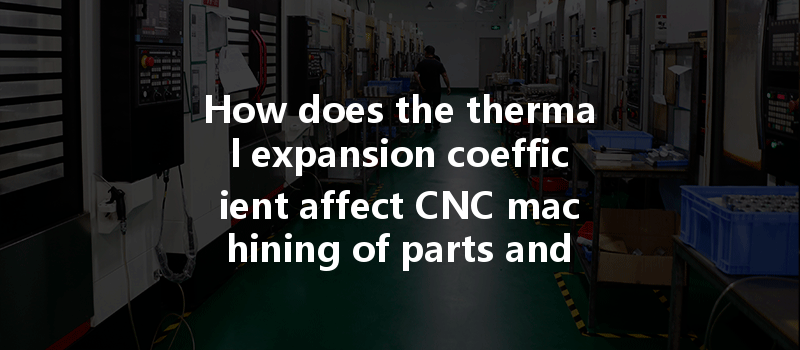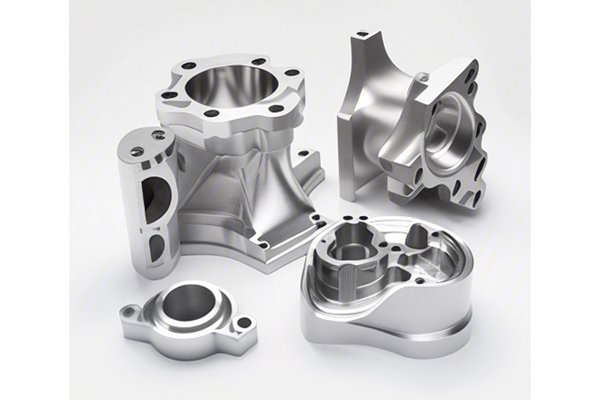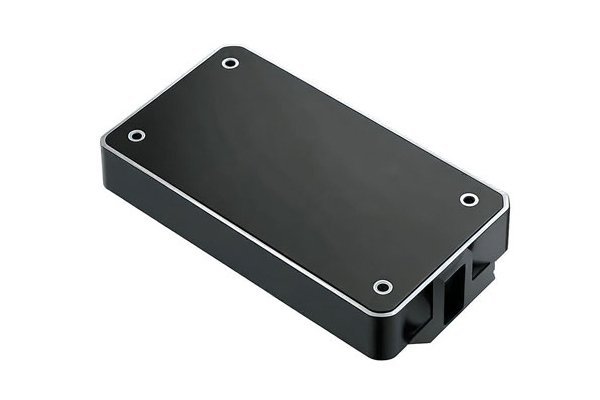Opening
Have you ever melted chocolate for a dessert only to find it won’t set properly when cooled? Much like chocolate, materials used in CNC (Computer Numerical Control) machining behave differently under varying temperatures. This phenomenon is known as the thermal expansion coefficient. In the world of precision machining, a single miscalculation can lead to significant performance issues, with potential costs spiraling out of control. Understanding how to control the effect of thermal expansion is crucial for manufacturers striving for high accuracy and product integrity in their machining projects.
Content
Thermal expansion refers to the increase in size (volume) of materials when they are heated. This is due to the movement of atoms; as temperature rises, atoms vibrate more vigorously, causing them to take up more space. The thermal expansion coefficient is a numerical value that describes how much a material expands per degree of temperature change, typically expressed in parts per million per degree Celsius (ppm/°C).
This concept is fundamental in manufacturing processes because every machining operation involves heat generation, whether through cutting tools or the friction between the workpiece and tool. For CNC operations, understanding and managing this thermal expansion can be the difference between a successful product and costly scrappage.
2.1 Accuracy in Dimensions
During machining operations, materials expand and contract based on their thermal properties. For instance, metals may expand while being machined, altering the dimensions they were meant to achieve. This thermal distortion can lead to parts that are not dimensionally accurate, compromising the integrity of the final product, especially in high-precision applications like aerospace or medical devices.
2.2 Material Selection
Different materials exhibit different thermal expansion coefficients. For example, aluminum has a higher thermal expansion rate compared to steel. This can provide a significant challenge when machining multi-material assemblies. Matching materials with similar thermal expansion properties can ensure dimensional stability and prevent assembly issues down the line.
3.1 Pre-Processing Heating or Cooling
One effective method to control thermal expansion is to preheat or pre-cool the materials before machining. This technique involves bringing the workpiece to a uniform temperature before it undergoes any cutting. By doing so, the workpiece may retain its dimensions more consistently, thus reducing distortion when subjected to cutting pressures and subsequent cooling.
3.2 Using Advanced Tooling Materials

Selecting the right tooling materials that counteract thermal expansion can improve the machining accuracy. High-quality carbide tools, for instance, manage heat better than standard steel tools, minimizing thermal growth during the cutting process.
3.3 Climate-Controlled Machining Environments
Establishing a climate-controlled machining environment is one of the most effective ways to manage thermal expansion. Maintaining a constant temperature in the machining area minimizes external temperature fluctuations that can induce thermal changes. This control helps keep workpieces and tools at a consistent temperature throughout the machining process, ensuring that parts do not experience unwanted expansion or contraction.
3.4 Toolpath Optimization
Optimizing the toolpath can also reduce the heat generated during machining. Techniques such as using appropriate speeds and feeds, implementing adaptive machining, and employing cooling strategies (like mist or flood coolant systems) can effectively minimize thermal buildup, consequently limiting expansion.
3.5 In-Process Monitoring Systems
Utilizing in-process monitoring systems is another cutting-edge method to manage thermal expansion. Modern CNC machines can be equipped with sensors that monitor temperature changes. This real-time data allows operators to make necessary adjustments or compensate dynamically for any thermal fluctuations during machining.
4.1 Aerospace Components
In the aerospace sector, where precision is paramount, engineers have adopted various strategies to control thermal expansion. For instance, when machining turbine blades, a combination of pre-cooling and optimized tool paths is employed. By operating with tools that reduce heat generation and ensuring workpieces retain a consistent temperature, manufacturers have realized a significant reduction in scrap rates.
4.2 Medical Devices
Another industry where thermal expansion is critically managed is in medical device manufacturing. Devices like stents must be manufactured with utmost precision to ensure safety and functionality. Manufacturers have reported success with climate-controlled machining environments and advanced tooling, as these strategies have improved their dimensional tolerances considerably.
In conclusion, understanding and managing the thermal expansion coefficient in CNC machining is vital for achieving precision and reliability in machined parts. Through advanced techniques such as pre-processing temperature adjustments, careful tooling selection, environmental controls, optimized toolpaths, and real-time monitoring systems, manufacturers can mitigate the challenges posed by thermal expansion.
This blog highlights the critical role that thermal expansion plays in the CNC machining process, reiterating that failure to control this could lead to increased costs and compromised product quality. As industries continue to strive for greater precision and efficiency, considering the impact of thermal expansion will be essential for manufacturers aiming to remain competitive in a demanding landscape. Reflecting on these practices is not just beneficial; it’s a necessity for ensuring the longevity and performance of CNC machined components.






